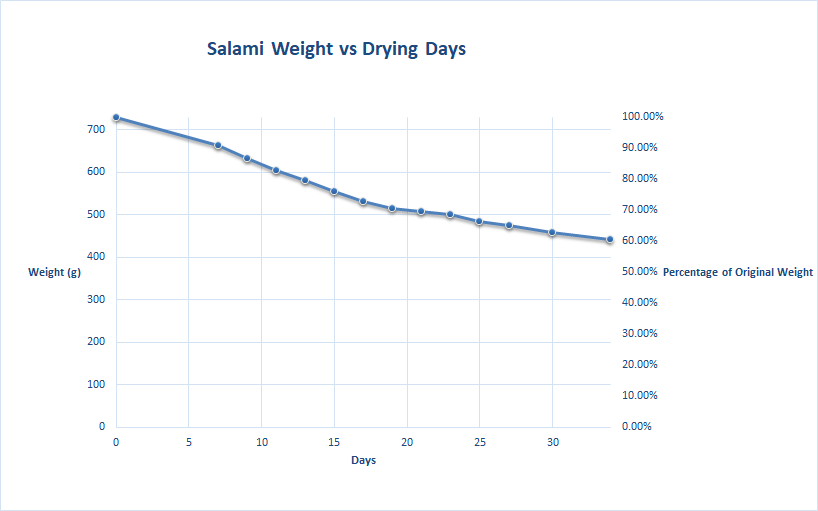nothing as of yet - still waiting for it to drop to proper weight - taking f.o.r.e.v.e.r.
It was just a thought that popped into my mind after reading through some blogs on troubleshooting and knowing when a cure is done. Especially regarding excessive case hardening that can retard inner drying, which wouldn't necessarily reveal any spoilage? Would this reveal itself after cutting it open? (bad smell, rot, etc?)
Seems like there is some variation on what is an "acceptable" final weight loss - some recommend min 25%, up to 40%, and everything in between? From what I've read, getting a pH of 5.3 is the minimum threshold regardless of weight loss? Does that apply to whole muscle as well as salumi?
















































![Craft A Brew - Safale BE-256 Yeast - Fermentis - Belgian Ale Dry Yeast - For Belgian & Strong Ales - Ingredients for Home Brewing - Beer Making Supplies - [3 Pack]](https://m.media-amazon.com/images/I/51bcKEwQmWL._SL500_.jpg)















